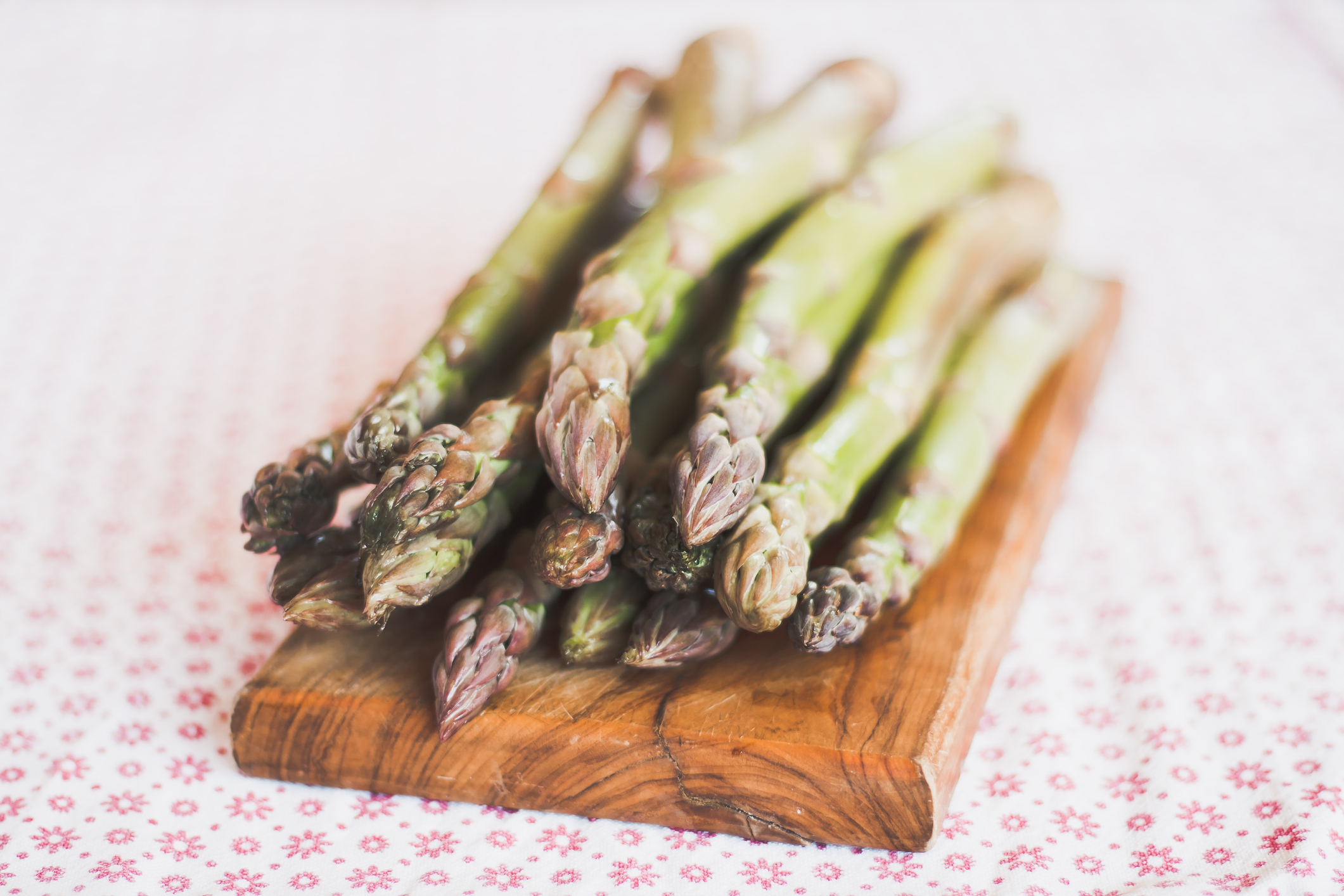Plants and gardeners are the vital transmitters of culture throughout the ages. When plants move from one place to another in the world, they bring with them new foods, recipes, loanwords, and even new people. Novelty and the exotic are always transmitted when plants travel. A unique example of this phenomenon is that of Bona Sforza’s introduction of Italian vegetables and gardeners into Poland.
Bona Sforza, 1494-1557, was the beautiful flower of the Milanese Sforza family. The daughter of Gian Sforza and Isabella of Naples, she became the wife of Sigismund I of Poland and therefore, the Queen of Poland and Lithuania.
She was beautiful, intelligent, well read, and cultured. However, she became lonely for her native Italy, especially for the Italian fruits and vegetables that she had come to love there. Every time she ate cucumbers, she remembered Italy and cried, calling them “miseria.” So, she sent for her Italian gardeners who came to Wawel Castle in Krakow, a castle atop a magnificent promontory next to the Vistula River.
And today, archaeologists are uncovering Bona’s vegetable plots.
Her gardeners grew cabbage-cavolfiori-kalafior, fagiuoli-fasola, pomidori-pomdory, legumi-leguminy, limoni-limonia, mellone-melon, and other fruits and vegetables. And, the Poles gave a special name to the Italian gardeners—“Wloski”, which exists to this day. In fact, the Polish word for greens and salad (our verdure) became “wloszczyzna”, and Italy became “wlochy” from the Gothic name for Romans, “Vlach”.
Some of the vegetables Bona grew were “cole” vegetables such as cauliflower and broccoli. We can easily grow these during the winter here in southern California, and they are wonderful sautéed. The most attractive, to me, are the broccolis.
First of all, prepare your garden soil well. Use lots of compost, perhaps 2 to 3 bags for an 8’ by 8’ plot. Work as much compost as you can thoroughly into the soil. Compost enriches the substrate, provides aeration for roots, and retains water. All of these benefits are conducive to growing broccoli. Fall weather is an excellent time to grow broccoli because it will not cause them to “bolt’, go to seed.
I like broccoli raab for its sweet narrow leaves and compact flower heads. “Spigariello Liscia” is very popular in southern Italy. With care, it can provide a continual harvest here.
“Sessantina Grossa” is another sweet-leaved variety. It has more sweet bloom than other varieties, so much that I eat it raw right in the garden.
Also, there is “De Cicco”—giving a long harvest of 3” to 4” main heads, side-shoots, and succulent leaves.
Seeds or plantlets are available in good nurseries. I order my seeds from “Johnny’s” at johnnyseeds.com. His catalog is an education in itself.
My daughter attended an art colony up in Nida, Lithuania, and as she was walking the wave swept beach, she found a wooden vegetable crate, and sure enough, the end piece was stamped “Wlochy!” She sent it to me; Bona, Italians in Lithuania, vegetables.
Bona felt happy and more secure knowing that her Wloski were growing her Italian vegetables.
Her vegetables were a comfort to her and made her feel at home. I’m sure that many of us have had the same experience.






























